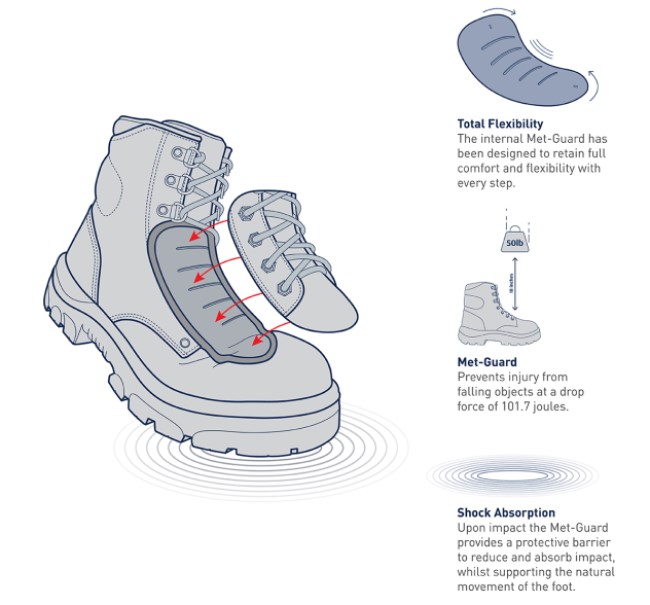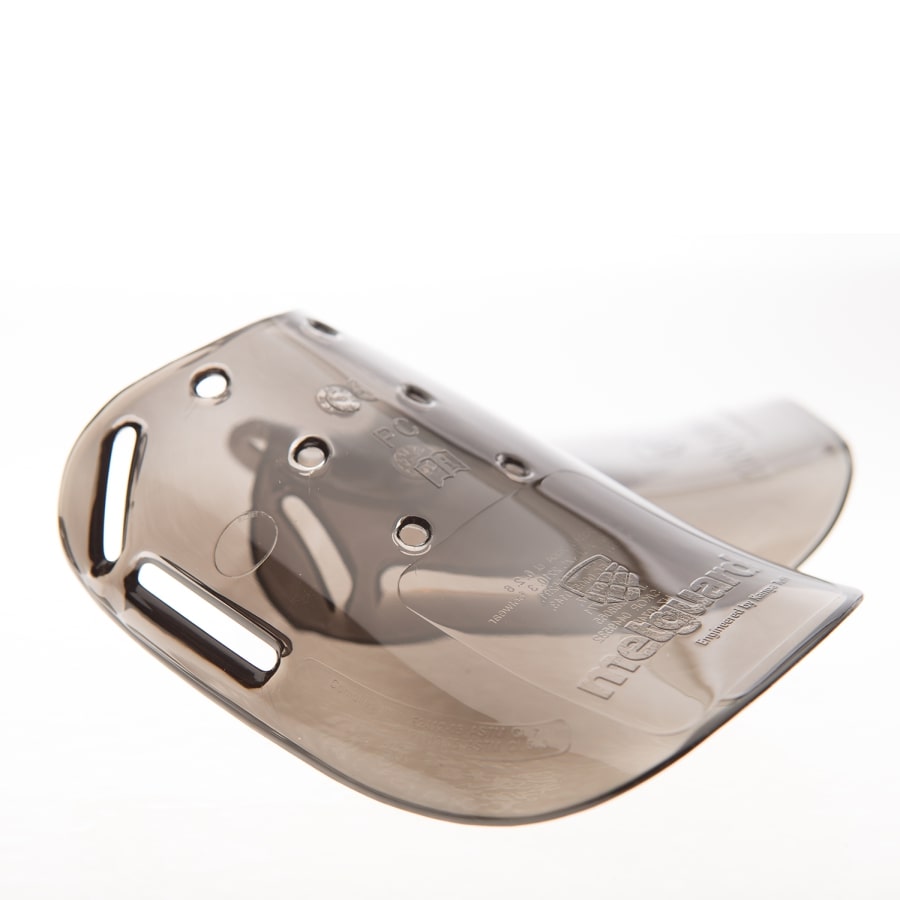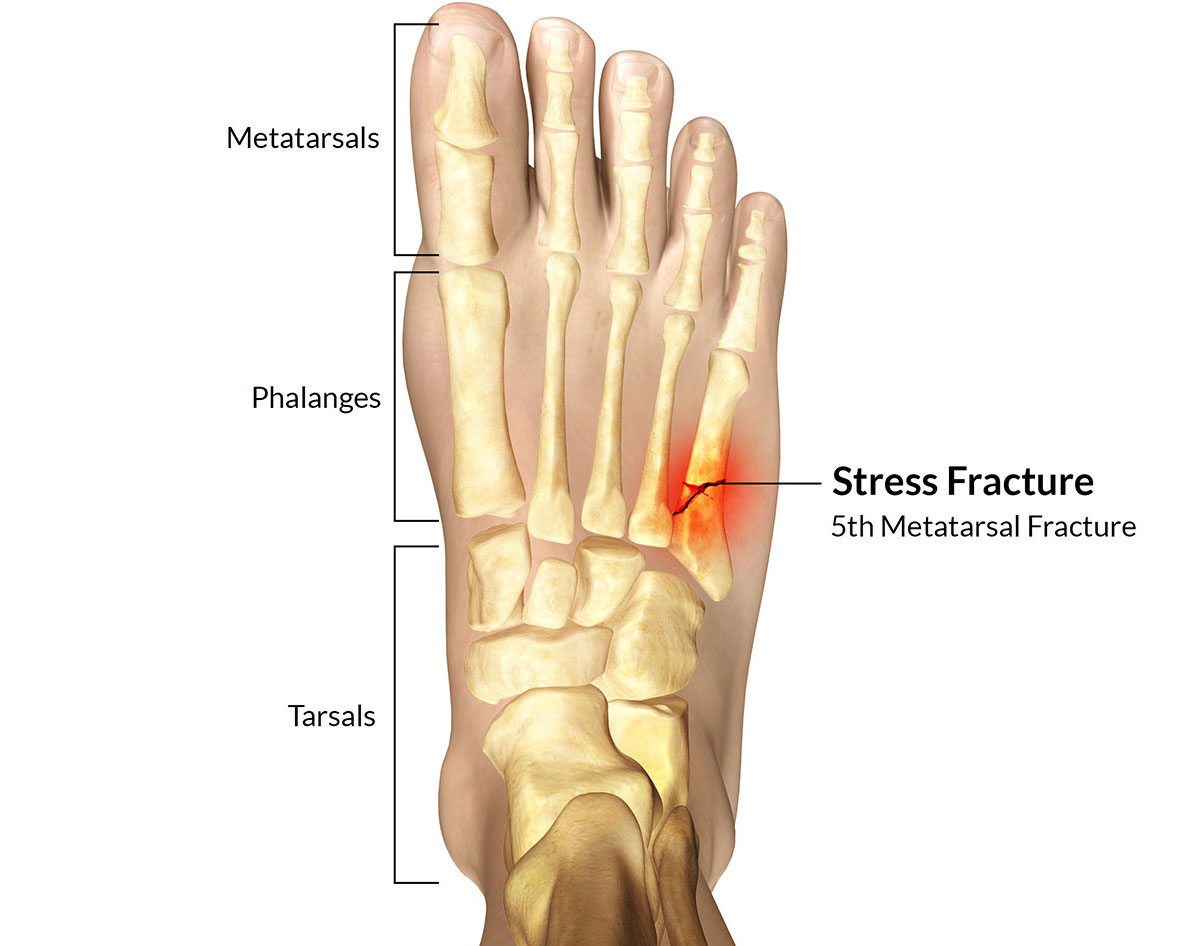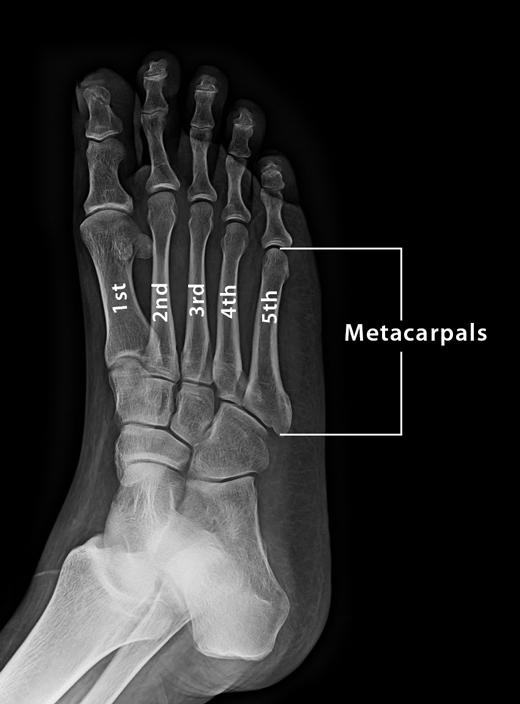What is a Metatarsal Guard and Why Do You Need One?
Foot protection is a crucial aspect of overall health and wellness, and one of the most effective ways to achieve this is by using a metatarsal guard. But what is a metatarsal guard, and why is it so essential for maintaining foot health? A metatarsal guard is a protective device designed to shield the metatarsal bones in the foot from excessive pressure, shock, and stress. These bones, located between the arch and the toes, are prone to injury and strain, especially for individuals who engage in high-impact activities or have pre-existing foot conditions.
The primary purpose of a metatarsal guard is to redistribute pressure and alleviate stress on the metatarsal bones, thereby preventing injuries and discomfort. By providing an extra layer of cushioning and support, metatarsal guards can help reduce the risk of common foot problems, such as metatarsalgia, plantar fasciitis, and stress fractures. Moreover, metatarsal guards can improve overall foot function, enhancing comfort, performance, and overall well-being.
In today’s fast-paced world, where people are increasingly active and on-the-go, the importance of foot protection cannot be overstated. Whether you’re an athlete, a worker, or simply someone who enjoys outdoor activities, a metatarsal guard can be a valuable investment in your foot health. By understanding what a metatarsal guard is and why it’s necessary, you can take the first step towards protecting your feet and maintaining optimal foot function.
How to Choose the Right Metatarsal Guard for Your Needs
Selecting the right metatarsal guard can be a daunting task, especially with the numerous options available in the market. However, by considering a few key factors, you can find a metatarsal guard that meets your specific needs and provides optimal protection and comfort. One of the primary factors to consider is the type of activity you will be engaging in. For example, if you are an athlete, you may require a metatarsal guard that provides additional support and cushioning, such as those offered by Dr. Martens or New Balance.
Another crucial factor to consider is the shape of your foot. If you have a high arch or flat feet, you may require a metatarsal guard that provides additional arch support or cushioning in specific areas. Additionally, personal comfort is also an essential factor to consider. If you prefer a more minimalist approach, you may opt for a metatarsal guard with a sleeker design, whereas if you prioritize comfort, you may prefer a metatarsal guard with extra cushioning.
When choosing a metatarsal guard, it’s also essential to consider the materials used in its construction. Gel, foam, and plastic are common materials used in metatarsal guards, each providing unique benefits. For example, gel metatarsal guards provide excellent cushioning and shock absorption, while foam metatarsal guards offer breathability and flexibility. By understanding your specific needs and preferences, you can find a metatarsal guard that provides optimal protection, comfort, and performance.
The Anatomy of a Metatarsal Guard: Key Features and Materials
A metatarsal guard is a complex device designed to provide protection and comfort to the metatarsal bones in the foot. To understand how it works, it’s essential to delve into its anatomy and explore the key features and materials used in its construction. One of the primary features of a metatarsal guard is cushioning, which helps to absorb shock and redistribute pressure on the metatarsal bones. This cushioning can be achieved through the use of materials such as gel, foam, or plastic, each providing unique benefits.
Arch support is another critical feature of a metatarsal guard, as it helps to redistribute pressure and alleviate stress on the metatarsal bones. This support can be achieved through the use of materials such as plastic or carbon fiber, which provide additional stability and structure to the foot. Breathability is also an essential feature of a metatarsal guard, as it helps to regulate temperature and prevent moisture buildup in the foot. This can be achieved through the use of materials such as mesh or breathable fabrics.
The materials used in the construction of a metatarsal guard play a crucial role in providing protection and comfort. Gel, for example, is a popular material used in metatarsal guards due to its excellent cushioning and shock-absorbing properties. Foam is another common material used in metatarsal guards, providing breathability and flexibility. Plastic and carbon fiber are also used in metatarsal guards, providing additional support and stability to the foot. By understanding the key features and materials used in metatarsal guards, individuals can make informed decisions when selecting a product that meets their specific needs.
Common Injuries Prevented by Metatarsal Guards
Metatarsal guards are designed to prevent a range of common injuries that can occur in the foot, particularly in the metatarsal bones. One of the most common injuries prevented by metatarsal guards is metatarsalgia, a condition characterized by pain and inflammation in the metatarsal bones. This condition can occur due to repetitive stress, overuse, or poor foot mechanics, and can be exacerbated by activities such as running, jumping, or hiking.
Another common injury prevented by metatarsal guards is plantar fasciitis, a condition characterized by inflammation of the plantar fascia, a band of tissue that runs along the bottom of the foot. This condition can occur due to repetitive stress, overuse, or poor foot mechanics, and can be exacerbated by activities such as running, jumping, or hiking. Metatarsal guards can help to alleviate the stress and pressure on the plantar fascia, reducing the risk of plantar fasciitis.
Stress fractures are another common injury prevented by metatarsal guards. Stress fractures occur when there is a small crack in one of the metatarsal bones, often due to repetitive stress or overuse. Metatarsal guards can help to redistribute the pressure and stress on the metatarsal bones, reducing the risk of stress fractures. By providing cushioning, arch support, and breathability, metatarsal guards can help to prevent a range of common injuries that can occur in the foot.
The Science Behind Metatarsal Guards: Biomechanics and Foot Mechanics
Metatarsal guards are designed to work in harmony with the biomechanics of the foot, providing protection and comfort by redistributing pressure and alleviating stress on the metatarsal bones. To understand how metatarsal guards achieve this, it’s essential to delve into the biomechanical principles behind their design. One of the key factors is the distribution of pressure, which refers to the way in which weight is transferred through the foot during activities such as walking, running, or jumping.
During these activities, the metatarsal bones are subjected to significant stress and pressure, which can lead to injuries such as metatarsalgia or stress fractures. Metatarsal guards work to redistribute this pressure, using features such as cushioning and arch support to absorb shock and alleviate stress on the metatarsal bones. This redistribution of pressure is critical in preventing injuries, as it reduces the risk of overuse and repetitive stress.
Another key biomechanical principle behind metatarsal guards is foot pronation, which refers to the way in which the foot rolls during activities such as walking or running. Foot pronation can lead to injuries such as plantar fasciitis, as the plantar fascia is subjected to increased stress and pressure. Metatarsal guards can help to alleviate this stress, using features such as arch support and cushioning to redistribute pressure and reduce the risk of injury.
By understanding the biomechanical principles behind metatarsal guards, individuals can appreciate the importance of these devices in preventing injuries and improving performance. Whether you’re an athlete, hiker, or simply someone who spends a lot of time on their feet, metatarsal guards can provide critical protection and comfort, helping to ensure that you can continue to perform at your best.
Real-Life Applications: Who Can Benefit from Metatarsal Guards?
Metatarsal guards are not just limited to athletes or individuals with foot conditions. In reality, anyone who engages in activities that put repetitive stress on their feet can benefit from using metatarsal guards. This includes hikers, workers, dancers, or individuals who spend a lot of time on their feet.
For athletes, metatarsal guards can provide critical protection and comfort during high-impact activities such as running, jumping, or cycling. By reducing the risk of injuries such as metatarsalgia or stress fractures, metatarsal guards can help athletes to perform at their best and reduce downtime due to injury.
For hikers, metatarsal guards can provide essential protection and comfort during long hikes or backpacking trips. By reducing the risk of blisters and hotspots, metatarsal guards can help hikers to enjoy their outdoor activities without discomfort or pain.
For workers, metatarsal guards can provide critical protection and comfort during long hours of standing or walking. By reducing the risk of injuries such as plantar fasciitis or metatarsalgia, metatarsal guards can help workers to stay on the job and reduce the risk of absenteeism.
Individuals with foot conditions such as flat feet or high arches can also benefit from using metatarsal guards. By providing additional support and cushioning, metatarsal guards can help to alleviate pain and discomfort, and improve overall foot health.
In summary, metatarsal guards are not just limited to athletes or individuals with foot conditions. Anyone who engages in activities that put repetitive stress on their feet can benefit from using metatarsal guards, and experience improved performance, comfort, and overall well-being.
Debunking Common Myths About Metatarsal Guards
Despite their numerous benefits, metatarsal guards are often misunderstood or misrepresented. In this section, we’ll address some common myths and misconceptions about metatarsal guards, providing evidence to counter these myths and demonstrate their value.
Myth #1: Metatarsal guards are bulky and uncomfortable. Reality: Modern metatarsal guards are designed to be lightweight and comfortable, with many models featuring breathable materials and ergonomic designs. In fact, many athletes and individuals with foot conditions swear by the comfort and support provided by metatarsal guards.
Myth #2: Metatarsal guards are only for athletes or individuals with foot conditions. Reality: While athletes and individuals with foot conditions can certainly benefit from metatarsal guards, they can also be beneficial for anyone who engages in activities that put repetitive stress on their feet. This includes hikers, workers, dancers, or individuals who spend a lot of time on their feet.
Myth #3: Metatarsal guards are expensive and not worth the investment. Reality: While metatarsal guards may require an initial investment, they can provide long-term benefits and savings by reducing the risk of injuries and improving overall foot health. In fact, many insurance plans and healthcare providers recognize the value of metatarsal guards and may cover their cost.
Myth #4: Metatarsal guards are only for specific foot types or conditions. Reality: Metatarsal guards can be beneficial for individuals with a wide range of foot types and conditions, including flat feet, high arches, plantar fasciitis, and more. By providing additional support and cushioning, metatarsal guards can help to alleviate pain and discomfort, and improve overall foot health.
By debunking these common myths and misconceptions, it’s clear that metatarsal guards are a valuable investment for anyone who wants to protect their feet and improve their overall well-being. Whether you’re an athlete, hiker, worker, or simply someone who wants to take care of their feet, metatarsal guards can provide critical protection and comfort.
Conclusion: Why Metatarsal Guards Are a Must-Have for Foot Protection
In conclusion, metatarsal guards are a crucial component of foot protection, providing a range of benefits that can improve performance, comfort, and overall well-being. By understanding what a metatarsal guard is, how to choose the right one, and the science behind their design, individuals can make informed decisions about their foot health.
Whether you’re an athlete, hiker, worker, or simply someone who wants to take care of their feet, metatarsal guards can provide critical protection and comfort. By preventing injuries, improving performance, and enhancing overall foot health, metatarsal guards are a must-have for anyone who wants to prioritize their foot health.
Remember, foot protection is not just about preventing injuries – it’s also about improving overall quality of life. By incorporating metatarsal guards into your daily activities or athletic pursuits, you can enjoy improved comfort, reduced pain, and enhanced performance. So why wait? Invest in your foot health today and experience the benefits of metatarsal guards for yourself.








